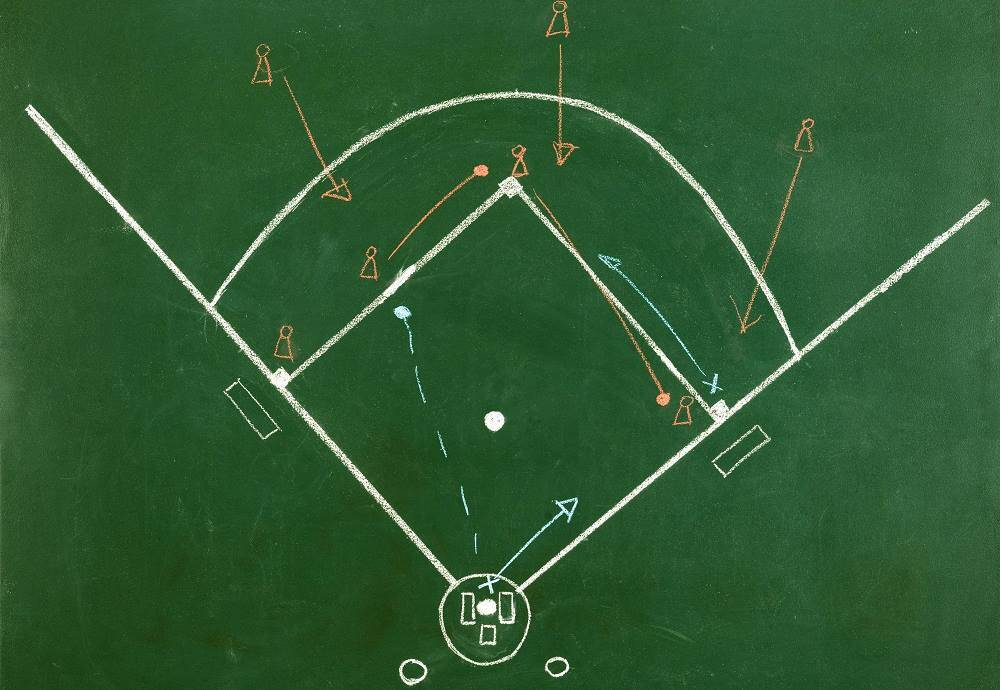Since the first sports fans became interested in the strategy behind their favorite games, they began to devise games where they could have the experience of managing their own big league team.
In the past half century, those games have come a long, long way.
While once generally played on boards with cards and dice, sports simulation games have become so realistic that actual teams use similar games – and the statistical metrics that go with them – to help them analyze the game.
These games, once typically associated with statistically rich baseball, have now spread to every major sport.
Sports Simulation Games: The Humble Beginnings
About the time that fantasy leagues started – back then, called Rotisserie Leagues – sports simulation games began to emerge.
Sports Illustrated had both a college and professional football game in which players used the stat sheets from the individual teams and played each other, with the offense picking a play to run and the defense deciding what scheme to use to defend it. A roll of the dice represented the element of chance.
Meanwhile, baseball games such as Strat-O-Magic and Dynasty League became popular. Much like the football game, dice played the role of creating chance, and statistical cards represented the relative strength and weaknesses of the individual players.
And because more than a century’s worth of statistics are available for baseball, the games allowed players to use current or historical teams. Were the 1927 “Bronx Bombers” New York Yankees really that much better than the 1970s “Big Red Machine” Cincinnati Reds? Now you could play a game and find out.
Emergence of Computer and Video Games
The first video game that required at least a modicum of strategy was the “Tennis for Two” game designed in 1958 by Willy Higinbotham at the Brookhaven National Laboratory. The game did not have computer AI, but instead required two human players who used a button to send a digital ball back and forth over a net (somewhat like a very early version of Pong).
By the late 1970s and1980s, arcade games had exploded. While not sports simulation games in the pure sense, some strategy – as well as an agile thumb and quick reflexes – were needed to win at the games, which could be played with two players or against the computer.
These games eventually evolved into the complex video games on the market today. Games such as Madden NFL Football combine the usual video game reflexes with strategy – you can build your own teams, play with historical teams or even create All-Star teams.
Pure sports simulation games, however, weren’t about who has the fastest thumb. With the invention of increasingly complex software programs, those games moved closer and closer to giving players the experience of being a big league manager.
Modern Sports Simulation
A classic example of this is the Diamond Mind Baseball game from Imagine Sports. Created by baseball statistical expert Tom Tippett, the game so accurately represented what actually happens on the field that the Boston Red Sox started using the game as part of its data-driven approach to baseball starting in 2003.
Since that time, the game has evolved into an even more complex, realistic simulation that allows players to use modern teams or any team as far back as 1925. You can play either on a computer or online.
Computer-based simulation games have expanded into other sports, including college and pro football, hockey and basketball. A wealth of games allow players to experience what it’s like to be a general manager assembling a team or a manager directing strategy on the field. Or both.
It’s a long way from cards and dice. And unlike fantasy – where people pick current players and then see who wins based on the player’s statistics – the simulation games give players a more realistic experience of what it is like to actually run a professional sports franchise.


Leave A Comment